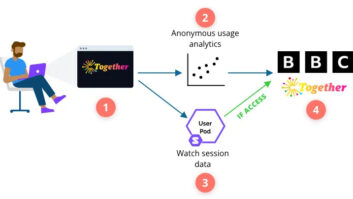Nokia has published a report looking at how the metaverse, AI, and 8K TV could impact global network traffic in the next seven years.
The Global Network Traffic Report predicts that end-user data traffic demand will increase at a compounded annual growth rate (CAGR) of 22-25 per cent from 2022 to 2030.
Global network traffic demand is expected to reach between 2,443 to 3,109 exabytes per month in 2030, said the report.
If there is a higher adoption rate of cloud gaming and XR in the second half of this decade, Nokia projects a CAGR that reaches as high as 32 per cent.
The report also suggests the wide adoption of 8K TV could significantly influence video traffic on the network due to its higher bitrate. Increases in the average resolution rate of video on any size of screen will depend on the same factors as for 8K—content and quality—but also on the level of market saturation, the cultural traditions of each country, and the presence of alternative incumbent video technologies such as satellite and cable TV, it added.
Nishant Batra, chief strategy and technology officer, Nokia, said: “Nokia’s Technology Strategy 2030 is a direct response to the proliferation of cutting-edge technologies over the last decade. One thing is for certain: radical changes are needed now to evolve networks to meet the challenges of tomorrow and beyond.
“Enterprises across industry face three trends bearing down on them: AI, cloud and the constant evolution of connectivity. Our Technology Strategy 2030 lays out a future network architecture for our customers and the industry. It brings to life opportunities for innovation, sustainability, productivity and collaboration, which can only be enabled by the exponential power of networks.”
The full report is available here.







